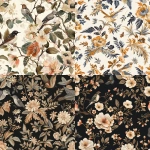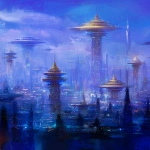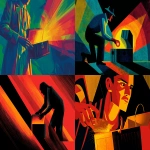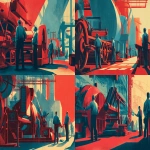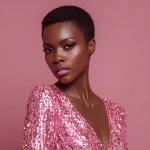Explore the Best AI Image Gallery
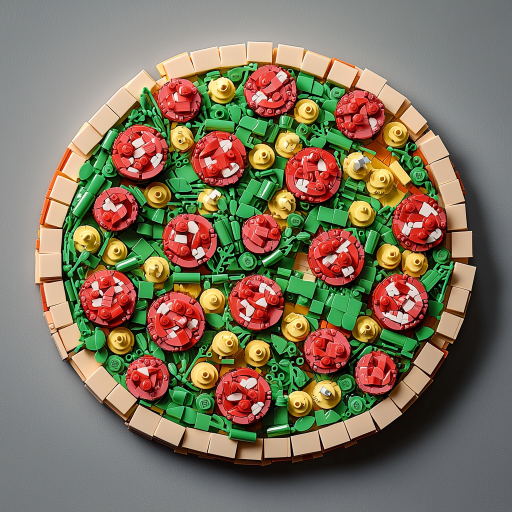
The Power of AI Image Creation Tools: Shaping the Future of Visual Content
In recent years, artificial intelligence (AI) has made significant strides in various fields, revolutionizing how we approach creativity and visual content. AI image creation tools, such as DALL-E, Midjourney, and Artbreeder, have opened new doors for artists, designers, and marketers. These tools enable users to generate stunning images based on simple text prompts, pushing the boundaries of creativity while also altering the fundamental dynamics of the creative industry.
The Impact on the Creative Industry
AI image creation tools are redefining traditional artistic processes. Artists are no longer limited to classical methods of drawing or painting; instead, they can now collaborate with AI to produce high-quality visuals efficiently. This fusion of technology and creativity results in innovative art forms that blend human ingenuity with machine precision.
For instance, graphic designers can utilize these tools to quickly generate visuals for their projects, streamlining the creative process and allowing them to focus on conceptual development. Photographers can use AI for post-production work, enhancing images with minimal effort. Furthermore, marketers can leverage AI-generated images to develop compelling visual content tailored to specific audiences, significantly reducing the time spent on content creation.
Potential Uses of AI Image Creation
The applications of AI-generated images are vast and varied. Here are a few notable examples:
- Advertising and Marketing: Brands are increasingly using AI-generated images for advertising campaigns, social media posts, and website content. The ability to produce targeted and customized visuals can improve engagement and drive conversions.
- Entertainment: The film and gaming industries are exploring AI-generated concept art for character design and scenery development, offering a cost-effective way to visualize ideas before they are fully fleshed out.
- Fashion: Fashion designers are utilizing AI to create clothing designs and marketing materials, allowing for rapid prototyping and reduced waste.
- Education: AI-generated images can serve as educational tools, providing vivid representations of concepts in science, history, and other subjects, aiding in visual learning.
Ethical Considerations
While the benefits of AI image creation tools are substantial, they also raise important ethical concerns. The primary issue revolves around ownership and copyright. When an AI generates images based on existing works or styles, who owns the rights to those images? Artists may find their styles imitated without credit, leading to potential exploitation of their creative labor.
Moreover, the potential for misuse is significant. AI-generated images can be manipulated to create deepfakes or spread misinformation, raising questions about authenticity and trust in visual media. As these tools become more accessible, it is crucial for users to understand the implications of their creations and use them responsibly.
Future Trends
As we move forward, it is likely that AI image creation will continue to evolve, integrating more advanced technologies such as machine learning and neural networks. Here are some potential future trends:
- Improved Quality: As algorithms become more sophisticated, the quality and realism of AI-generated images will enhance, making them indistinguishable from human-made art.
- Personalization: Future AI tools may allow users to input more nuanced parameters, enabling the creation of highly personalized images that reflect individual tastes and preferences.
- Collaboration with Artists: AI is expected to play a significant role as a co-creator, where artists and AI collaborate more seamlessly, pushing the boundaries of traditional art forms.
- Regulatory Frameworks: As the complexities of ownership and copyright become more pronounced, regulations regarding AI-generated content will likely emerge, aiming to protect the rights of original creators while fostering innovation.
Conclusion
AI image creation tools are undeniably reshaping the landscape of visual content. They offer unparalleled opportunities for creativity and efficiency in various industries, from marketing to entertainment. However, as we embrace this new technology, we must tread carefully and consider the ethical implications that come with it. A balanced approach that fosters innovation while protecting the rights of artists will be essential in navigating this exciting frontier of AI-generated visuals.
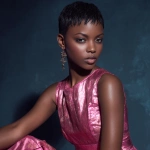
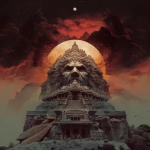
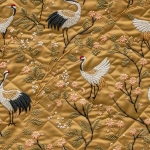
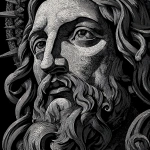
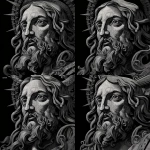
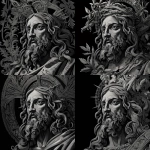
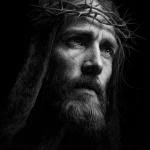
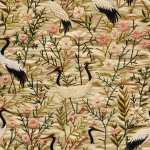

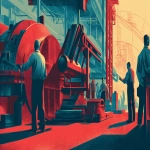
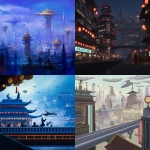


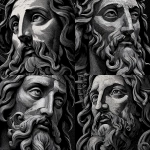
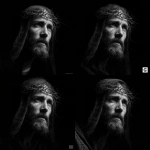
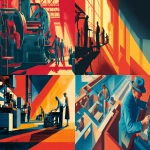
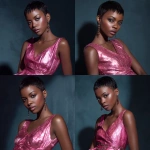
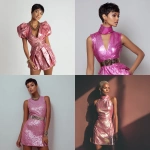
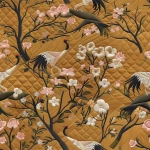
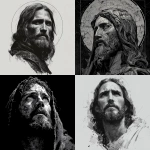

](https://images.ai-img.art/thumbnails/150/74ff5e5b8d56112b2631c3ab109fd10da2cb1320c039180284bf1ad90ca70028.webp)
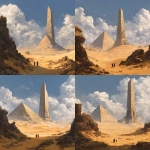
](https://images.ai-img.art/thumbnails/150/7047a680cdf2f50a2d0528ccddcbc25f5a73a5304a4f3da89094c88cca29a8b1.webp)
](https://images.ai-img.art/thumbnails/150/b2f3d4a9b5688b7dde277bcb5aaf1a270ecdd3ae4b41cbc95c4dbb9c1897ce46.webp)
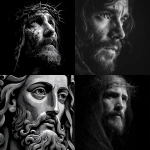

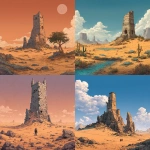
](https://images.ai-img.art/thumbnails/150/e514e7baf4c52bf5a151896b8f3671e96dbbb97485a35f8f6929fa340f24f188.webp)

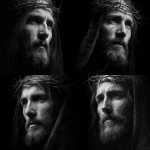
](https://images.ai-img.art/thumbnails/150/557d293cdac370a44294bdbd6e681bb89809602686fbf72c16408388e23d1346.webp)
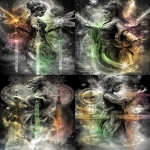
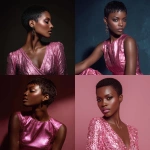
](https://images.ai-img.art/thumbnails/150/996da7ef8c6c4756951162cc27dd04057ad7abbdbdac321663ea4d81b7f28d38.webp)
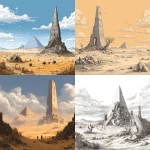
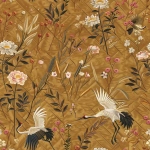
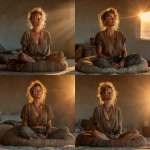
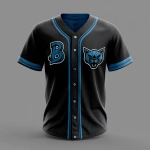


](https://images.ai-img.art/thumbnails/150/03a7a3f7b2e2eb31696d80031d778c9af16d803cb744a1420480d08fab85225f.webp)
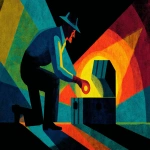
](https://images.ai-img.art/thumbnails/150/7f96c1ad95cf8c4abf00675ff16d7d31424d308fc699797f0e56154921fbf518.webp)
